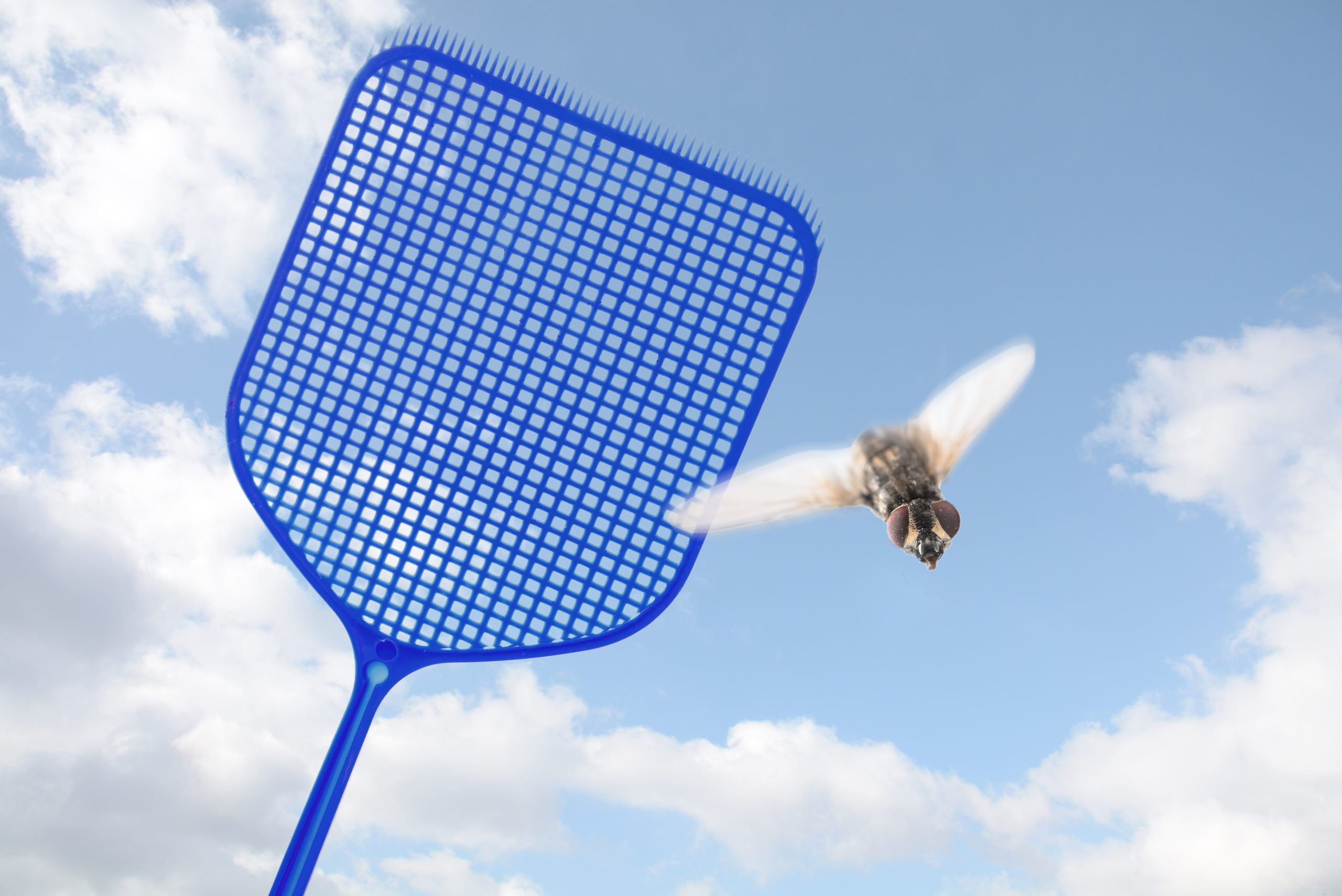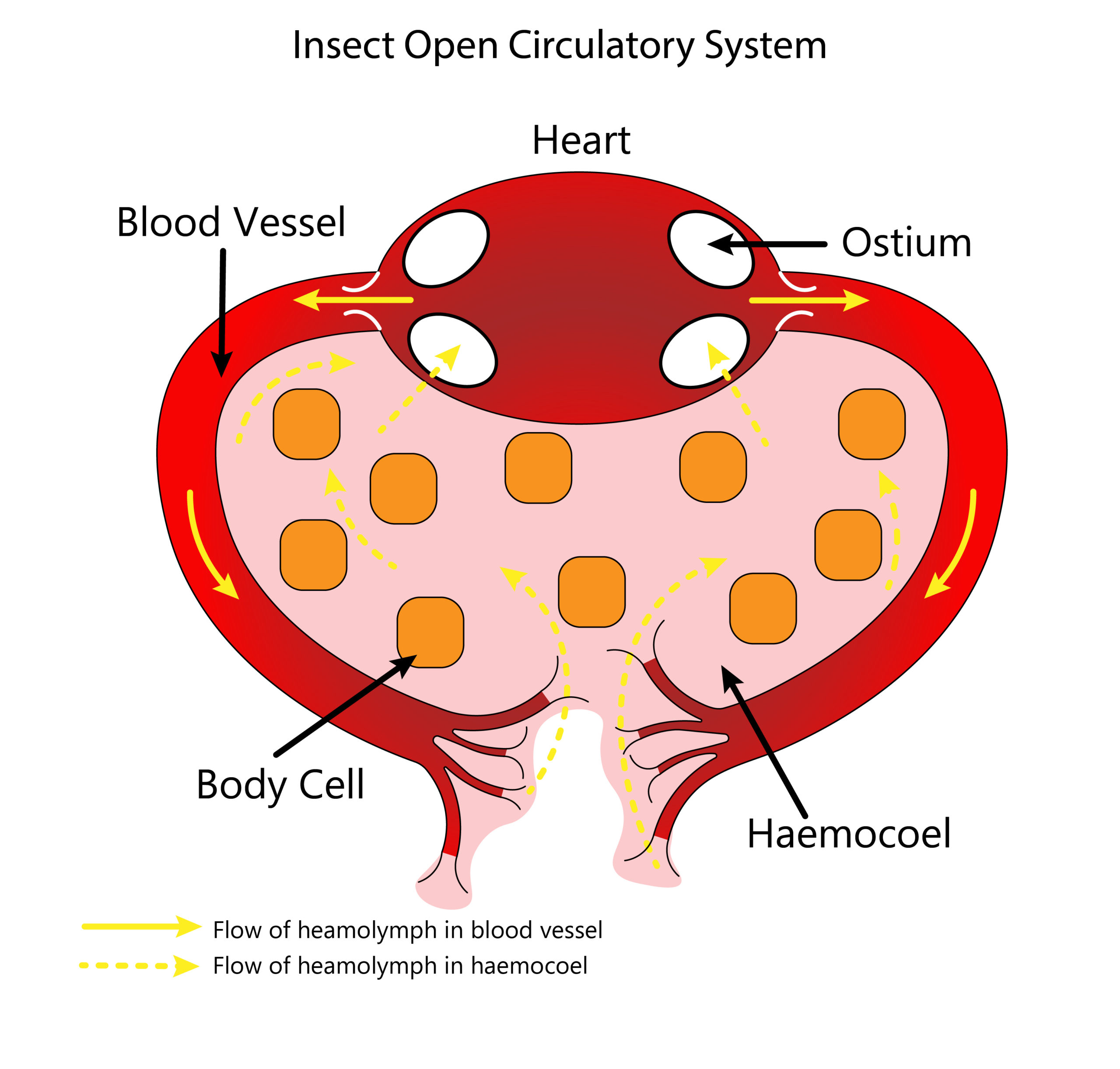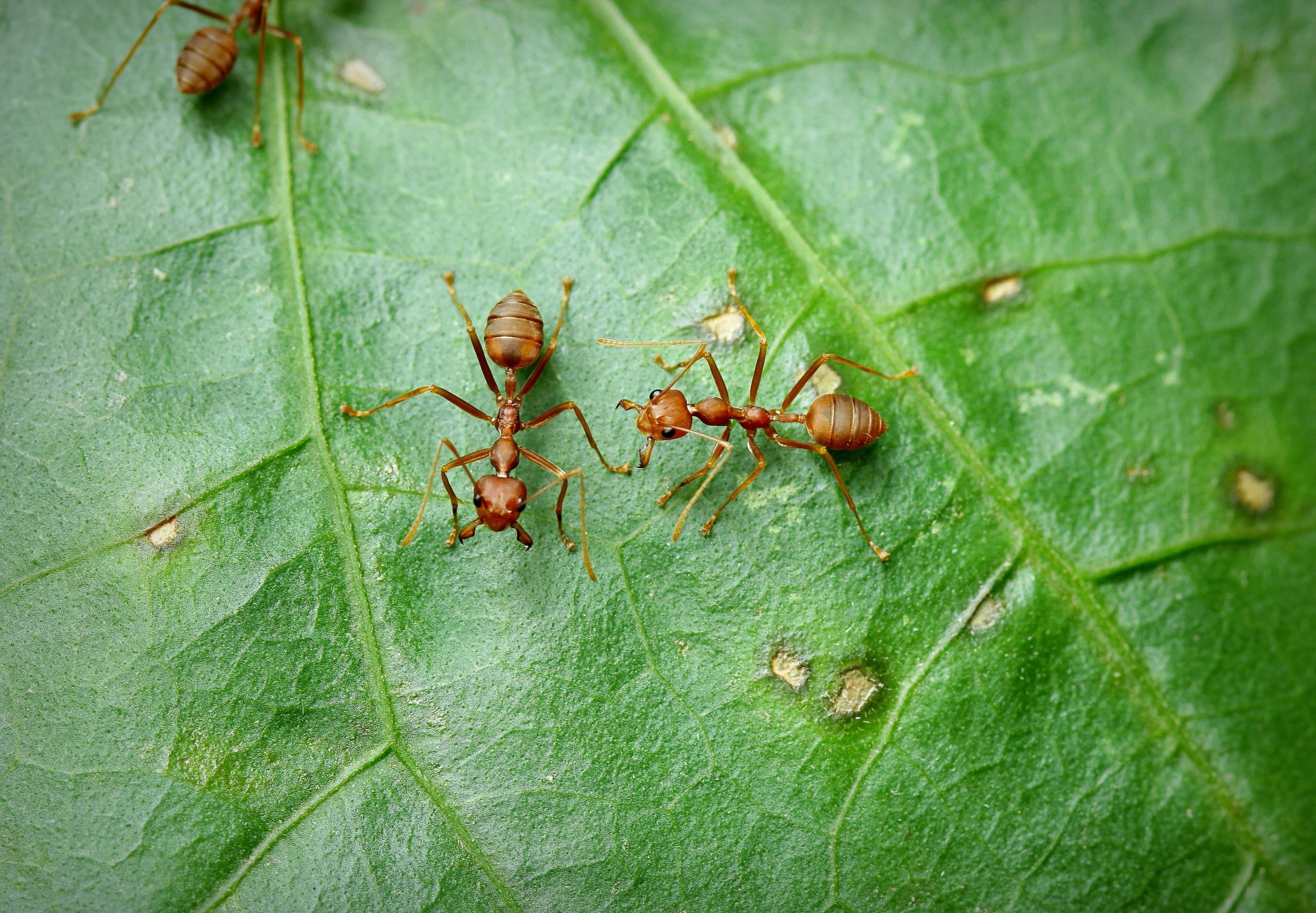Do Insects Bleed When They’re Injured?
Do Insects Bleed When They’re Injured?
Do Insects Have Blood?
In order to determine if whether or not insects can bleed, we first have to establish if they even have blood. If you’ve ever squished an insect, unless it was a mosquito or other bloodsucking insect, you probably have noticed that they don’t seem to have any blood in them. However, this is probably because we are looking for the unmistakable red liquid that we are familiar with in ourselves and other mammals. Insects do, in fact, have blood, but it probably isn’t what you’d expect. 
How is Insect Blood Different?
Insects vary drastically from mammals in a number of ways, one of which being the functions of our circulatory systems. For humans, our blood distributes oxygen throughout our bodies by a protein in our red blood cells called hemoglobin – giving our blood a red hue. For insects, their oxygen intake and distribution system are very different. Insects possess a series of holes along the length of their bodies known as spiracles that take oxygen into inner tubes called tracheoles. These tracheoles spread throughout the body, getting as small as a micron in size in order to diffuse oxygen on a cellular level throughout the insect. With the tracheoles taking on the job of distributing oxygen throughout the insect’s body there is no need for a secondary distribution mechanism within their circulatory system. Instead, their circulatory systems use their blood, called hemolymph, to transport a variety of nutrients and waste throughout their bodies including ions, carbohydrates, lipids, amino acids, hormones, cells, glycerol, and water. As such, hemolymph lacks the red blood cells and hemoglobin that would give it a red color and, instead, typically appears clear and watery. Occasionally, insect blood can be lightly pigmented with green or yellow based on the plants that the insects consume. These circulatory systems are also ‘open,’ meaning that they do not have arteries or veins like mammals do in our closed circulatory systems. Rather, their blood flows somewhat freely throughout the interior of their bodies in a space called the hemocoel. 
Bleeding and Healing
When an insect is harmed, the hemolymph can bleed out just like our cuts and scrapes do, and can even clots, sealing the wound if it’s minor enough. Shockingly, some insects, such as African Matabele Ants, even practice a form of first aid, treating one another’s wounds when injured. In these societies, the injured ants secrete a specific kind of pheromone that alerts their fellow colony members that they need help. When help arrives, the assisting ants quickly determine whether the injured ant is treatable, or too badly wounded to be able to help. Those that are treatable are carried back to the colony. Once the injured ant is returned home. They stay relatively still, cooperating with their rescuers as the little “medics” begin to work on their open wounds. These rescuer ants use their mouths to “lick” the wound in a way, cleaning the area and treating it for a matter of minutes. Scientists found that the injured ants that did not receive this treatment from their colony members had an 80% chance of succumbing to their wounds within a few hours whereas those who were treated only have a 10% chance of passing away from their injuries. Following the healing process after treatment, the previously wounded ants can continue to function within their colony. 
Citations
Do bugs have blood or what is the liquid called they have? (2003) UCSB Science Line. Available at: http://scienceline.ucsb.edu/getkey.php?key=338 (Accessed: October 4, 2021).
Do insects have blood and do they bleed when they get hurt? (no date) Old Farmer’s Almanac. Available at: https://www.almanac.com/fact/do-insects-have-blood-and-do-they (Accessed: October 4, 2021).
Hemoglobin test (2019) Mayo Clinic. Mayo Foundation for Medical Education and Research. Available at: https://www.mayoclinic.org/tests-procedures/hemoglobin-test/about/pac-20385075 (Accessed: October 4, 2021).
How is bug blood different from our own? (2001) Scientific American. Available at: https://www.scientificamerican.com/article/how-is-bug-blood-differen/ (Accessed: October 4, 2021).
These Ant Paramedics Save Their Injured Comrades (2018) YouTube. SciShow. Available at: https://www.youtube.com/watch?v=Y_lf6NksxFl&list=PLB3FCEEAC84884760&index=225 (Accessed: May 2020).
Why Aren’t There Giant Insects? (2012) SciShow. Available at: https://www.youtube.com/watch?v=179FuGuk1qE&list=PLB3FCEEAC84884760&index=50 (Accessed: May 2020).
Request a Free Quote Today
(We do not share your data with anybody, and only use it for its intended purpose)


